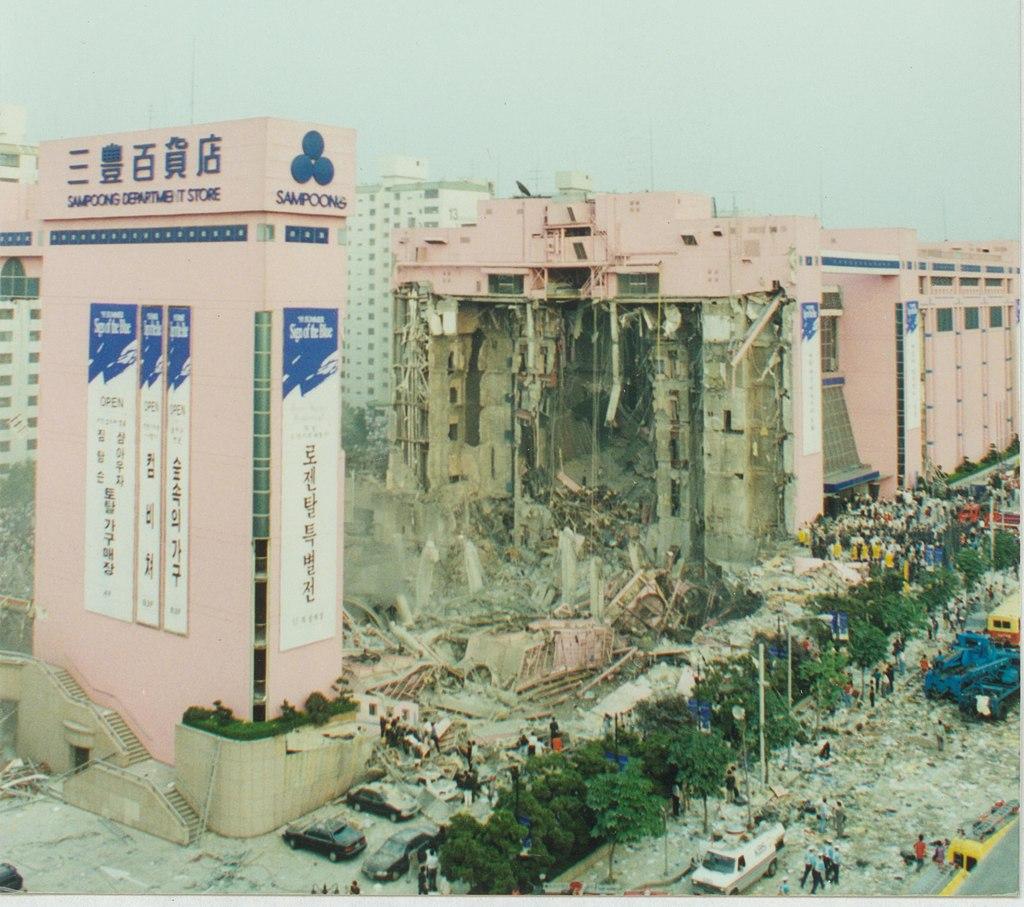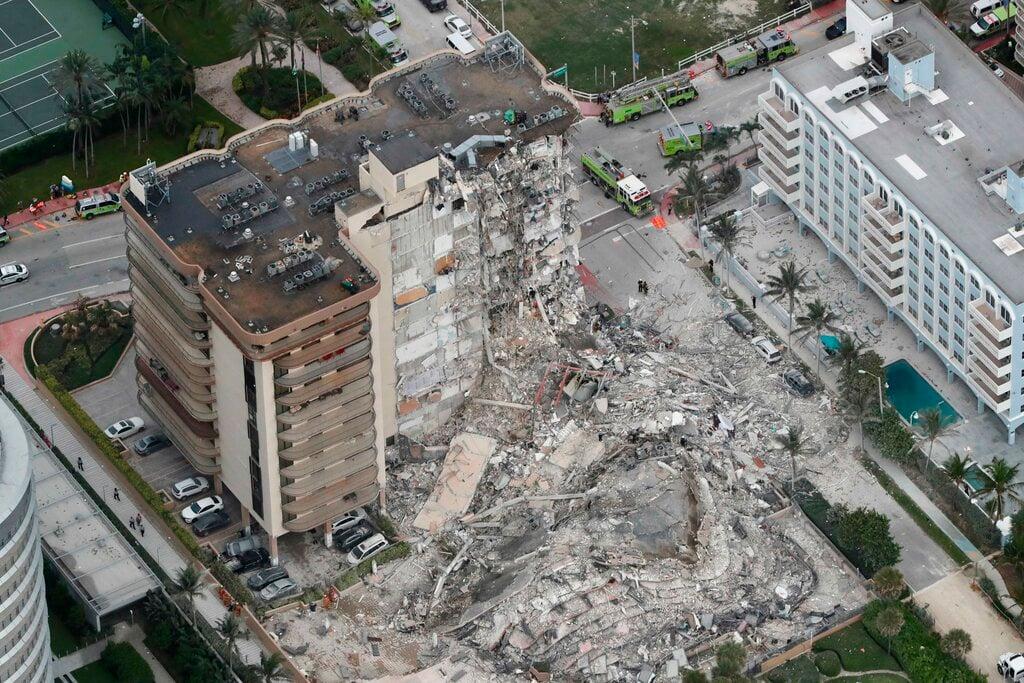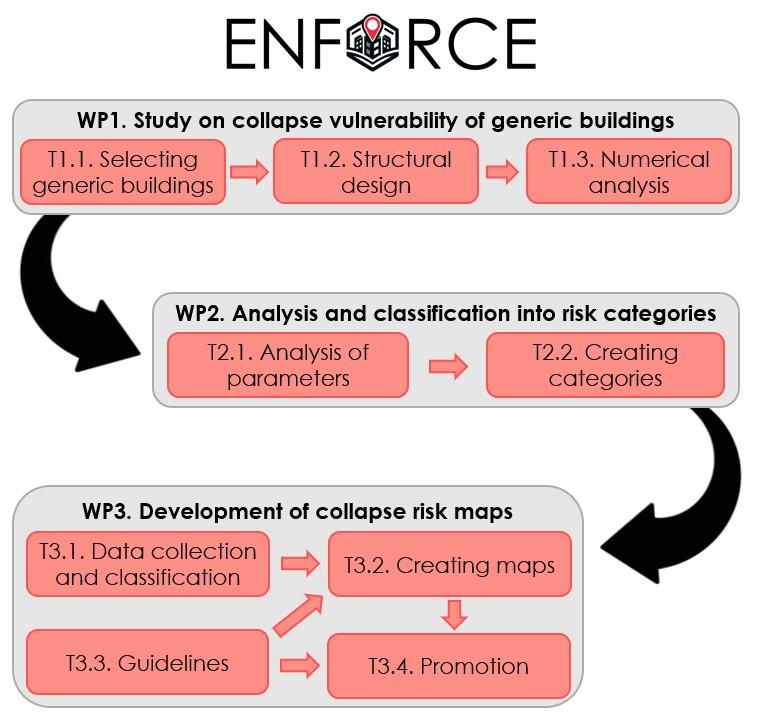
ENFORCE
Enforce: Collapse risk categorization of the building stock in the Valencian Community to assess its robustness
Enforce is a project funded and hosted at Universitat Politècnica de València.
The project’s main objective is to provide a user-friendly tool for assessing the collapse risk of existing buildings in the Valencian Community, supporting decision-making on robustness improvement.
The project started in 2024 and spans a total duration of 18 months.
KEY CHALLENGES
In numerous past disasters, it has been observed how local damage to a structure has led to its partial or total collapse. This, combined with the increasing frequency of extreme events (natural disasters, accidents, terrorist attacks, etc.), makes it a priority to focus on the concept of structural robustness, understood as the insensitivity of a structure to localized failure. In response, several countries have developed robustness regulations over the past decades. However, most existing buildings were designed beforehand, which means they may require reinforcement to comply with these robustness standards.
This is especially critical for buildings nearing the end of their service life (50 years) that must be rehabilitated and, therefore, updated to current regulations. Among the numerous existing buildings, robustness varies considerably, and currently, there are no well-established methodologies to assess the collapse risk of buildings within a region and prioritize reinforcement actions, as already exists in other fields of knowledge, such as seismic engineering and hydrology, through risk maps.
The Enforce project addresses this challenge, starting at the regional level and developing a methodology that can be extended to other areas in the future.


OBJECTIVES
The general objective of Enforce is to provide a user-friendly tool for assessing the collapse risk of existing buildings in the Valencian Community, supporting decision-making on robustness improvement. While the project focuses on the regional level, the developed methodology can be extended to other areas in the future. The specific objectives are:
- Study the effect of key building design parameters on structural robustness.
- Design a building classification system based on the assessment of their robustness.
- Generate collapse risk maps for buildings in the main municipalities of the Valencian Community.

METHODOLOGY
The Enforce project is divided into three work packages (WP) employing an interdisciplinary methodology.
WP1. Study of Vulnerability to Collapse in Generic Buildings
In WP1, a set of generic buildings will be created based on the variation of several key parameters. These key parameters will be assigned different values, representative of the most common characteristics in the study region (the Valencian Community), such as varying seismicity levels, typical number of heights, etc. These generic buildings will be designed and analysed using advanced structural design and calculation software. Their structural robustness will be studied, and the results will be used to generate a database on the robustness of the various generic buildings.
WP2. Results Analysis and Risk Category Classification
WP2 will involve a comparative analysis of the buildings designed and calculated in WP1 to determine how each key parameter influences the robustness of the structures. Based on this analysis, the key design parameters with the greatest impact on building vulnerability will be identified. Subsequently, risk categories will be established, improving the frameworks set by current standards. This study will analyse failure risk independently of the specific threat.
WP3. Development of Collapse Risk Maps
In WP3, the classification developed in WP2 will be applied to categorize buildings in the main urban areas of the Valencian Community. Using available public data and the established classification, maps will be created to reflect the robustness assessment needs of buildings. These maps will be generated using a Geographic Information System (GIS). The generated maps will enable:
(i) visualization of building vulnerability to collapse in a locality;
(ii) support for professionals tasked with inspecting existing buildings;
(iii) prioritization of retrofitting actions according to the urgency level;
(iv) facilitation of the implementation of structural robustness standards in society.

IMPACT
The project will have a significant economic impact as it involves Public Administrations, homeowners, and insurance companies that need to assess the robustness of their buildings to determine whether retrofitting is necessary. It will also have a major social and environmental impact, contributing to safer buildings and more resilient and sustainable cities.

Funded by First Research Projects call (PAID-06-24) from the Vice-Rectorate for Research of the Universitat Politècnica de València.
